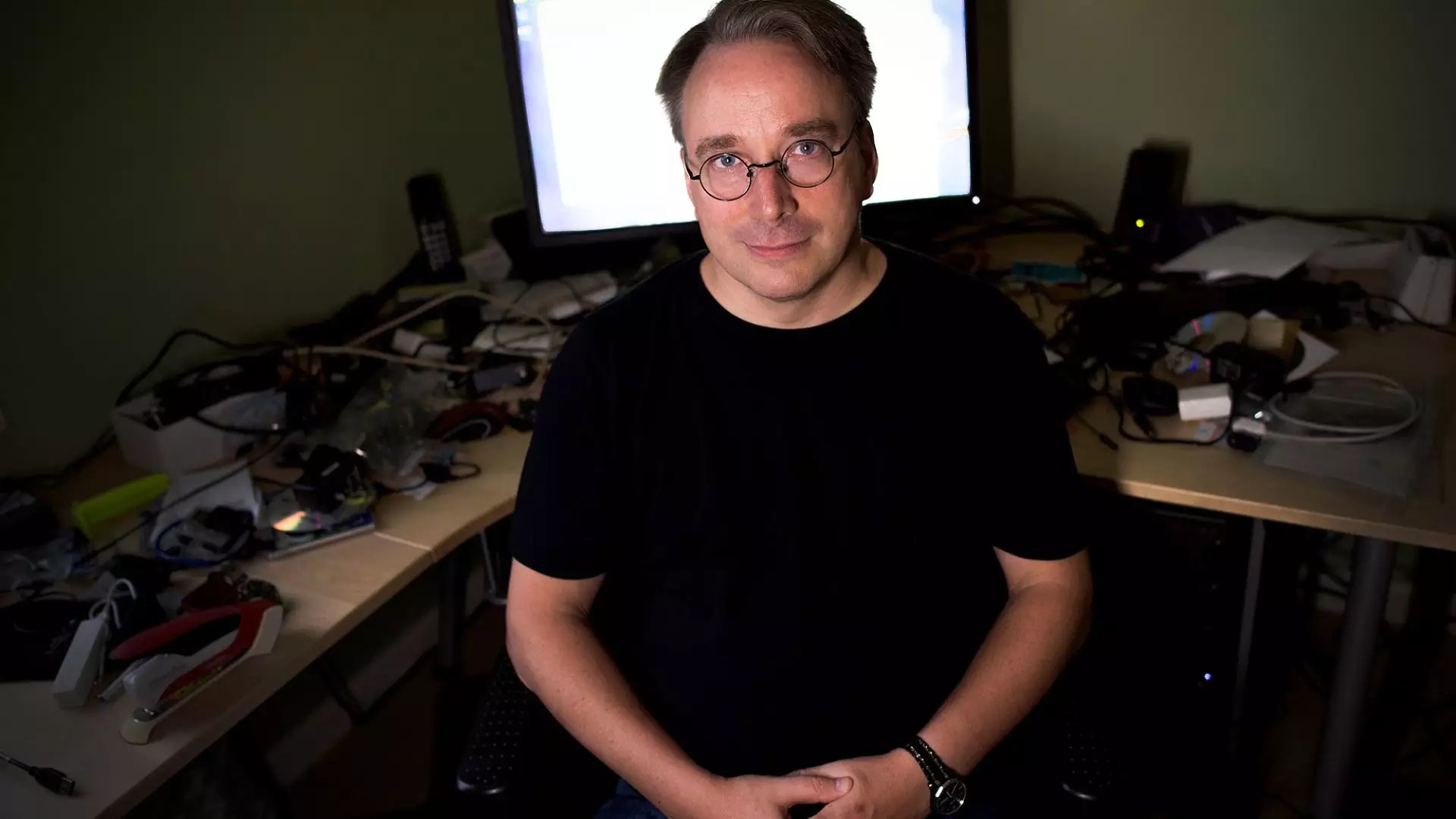In a world obsessed with cutting-edge technology and the relentless pace of innovation, it’s tempting to believe that only the newest hardware can deliver satisfactory performance. Yet, a closer look at the habits of seasoned professionals, like Linux developer Linus Torvalds, reveals a different narrative. Torvalds’ choice to continue using an AMD Radeon RX 580—a graphics card initially released in 2017—serves as a compelling testament to the enduring reliability and value of older hardware. This isn’t merely about nostalgia; it underscores that performance isn’t always about the latest specs but about the suitability of hardware within specific workflows and environments. The RX 580, with its 8GB of GDDR5 memory and respectable DX12 performance, remains a robust component, especially when paired with a high-end CPU like Torvalds’ Ryzen Threadripper.
Performance and Practicality Over Fads
When the RX 580 launched, it was celebrated for providing a high-value balance between performance and cost, a feature that has enabled it to remain relevant in niche use cases. Its 14nm process and relatively high TDP of 150W may have become outdated in terms of efficiency compared to newer GPUs, such as Nvidia’s RTX 5050 with its advanced GDDR6 memory and ray-tracing capabilities. Nonetheless, for many Linux users and programmers, the card’s open-source driver support stands as a significant advantage, ensuring stability and compatibility that can sometimes be sacrificed with newer, more proprietary hardware. Torvalds’ use of such a GPU suggests that in certain contexts—particularly productivity and development—the relevance of a component doesn’t necessarily diminish with age.
Having the Right Tool for the Job
The misconception that only the latest graphics cards can handle modern tasks ignores the nuanced reality of specific workloads. For example, gaming at ultra-high settings may demand state-of-the-art hardware, but for Linux-based development or certain professional workflows, the emphasis often shifts to consistency, compatibility, and reliability. Torvalds’ setup—featuring an old GPU coupled with his powerful CPU—highlights the importance of choosing components that serve the task effectively, not just those that boast the newest features. The fact that he operates a 5K monitor further emphasizes the role of optimized performance versus raw technical specifications. Sometimes, sticking with familiar, well-understood hardware can enhance productivity and reduce unforeseen issues.
The Myth of Rapid Obsolescence and the Wisdom of Aging Gracefully
What is perhaps most revealing in Torvalds’ hardware choice is the challenge it presents to the narrative of inevitable obsolescence. The industry often markets new GPUs as necessary upgrades, but real-world usage and expert insights reveal that aging hardware can continue to perform well beyond its initial shelf life. AMD’s Vega lineup, often dismissed as outdated, has demonstrated how hardware can age gracefully, especially when users are prepared to adapt their expectations and workloads around its capabilities. Rather than constantly chasing the latest release, consumers and professionals alike can benefit from appreciating the stability and proven performance of hardware that has stood the test of time. This perspective not only fosters a more sustainable approach to technology but also champions a deeper understanding of what “performance” truly means in everyday use.
Legacy Hardware as a Testament to User-Centric Design
Torvalds’ persistent use of his RX 580 also underscores an important, often overlooked aspect: the importance of user choice and agency in technology. The tendency of the industry to prioritize innovation for its own sake can lead to premature hardware obsolescence, often driven by marketing rather than actual performance deterioration. The RX 580’s continued relevance exemplifies a different philosophy—one rooted in the value of hardware that “just works,” and that, when properly supported, can continue to serve demanding users effectively. It invites us to challenge the assumption that newer is always better, encouraging a more thoughtful, user-centric approach to hardware upgrades.
In an age where technology changes at an exponential rate, the story of Linus Torvalds’ dependable old GPU is a quiet but powerful reminder: sometimes, the greatest performance gains are achieved not by constantly chasing the newest, but by appreciating and leveraging the strengths of what already works. This perspective promotes sustainability, cost-effectiveness, and a deeper understanding of how hardware truly functions within the complex ecosystem of modern computing.


Leave a Reply